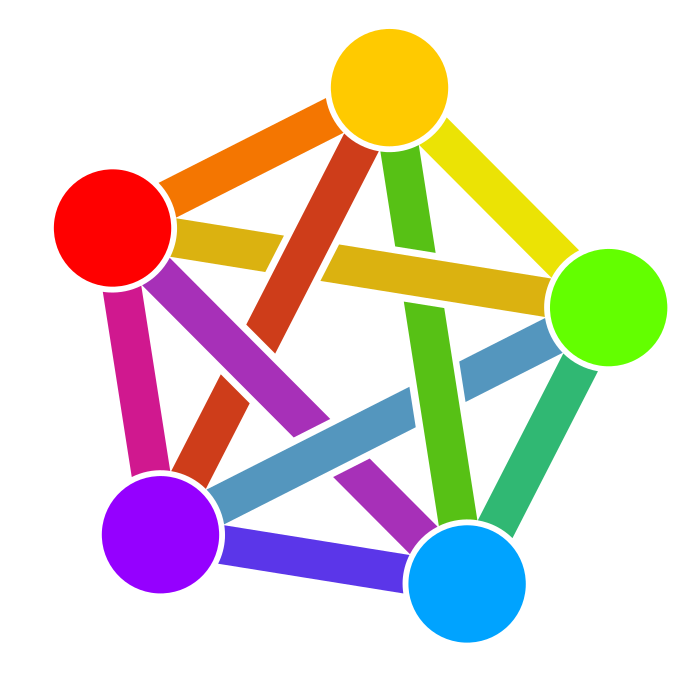Plants
Our living beings, you may have left our eyes, but you have never left our hearts.
The second largest kingdom, after the animal, is represented by plants. The distinctive feature of plants is obtaining energy from sunlight, through the process called photosynthesis. Most plants have wide flat surfaces - the leaves, at the level of which this process is carried out. Just as there are many groups of animals, from simple worms to complicated mammals, so the groups of plants are also numerous and varied.
Mainly plants are divided into two broad categories – simple plants without flowers, and flowering plants.
Plants never seem to be active. But inside the millions of microscopic cells that form the body of a plant, thousands of chemical transformations take place, forming part of the body’s vital processes. Like the body of an animal, the body of a plant has specialized areas to perform certain functions. Roots take from the soil water, mineral salts and other substances necessary for life. The rigid stem supports parts of the plant on the surface of the soil, away from animals on the ground that might eat them, and above other plants so that the leaves capture more light.
The leaves of plants are a kind of small factories that produce food with the help of light. They have a wide surface, to capture as much light as possible, and contain inside a green substance called chlorophyll, which absorbs the energy provided by sunlight. Chlorophyll uses energy to achieve a chemical reaction. Water, absorbed from the soil, and carbon dioxide, received from the air, unite and form glucose, which contains a large amount of energy stored in chemical form. Glucose is then used as a" fuel " for the plant’s vital processes. The whole phenomenon is called photosynthesis-a word that means"to produce with the help of light".
The carbon dioxide needed for photosynthesis is taken from the air. It penetrates the leaf through small holes located on its lower face, called the stomata. In addition to organic substances, photosynthesis also results in oxygen, which is eliminated in the air.
Living beings need oxygen to live. Plants contribute to maintaining a sufficient amount of oxygen in the air.
We were only able to offer you a small space and positioned on the north-west side of the building, even if it was against our wishes. However, we lived together for a shorter or longer period of time. Thank you for this and for all you have offered. We hope that many wounds can be healed with these words: Forgive us!
Life is eternal, and love is immortal, and death is but a horizon; and a horizon is nothing but the limit of our sight. - Rossiter W. Raymond

